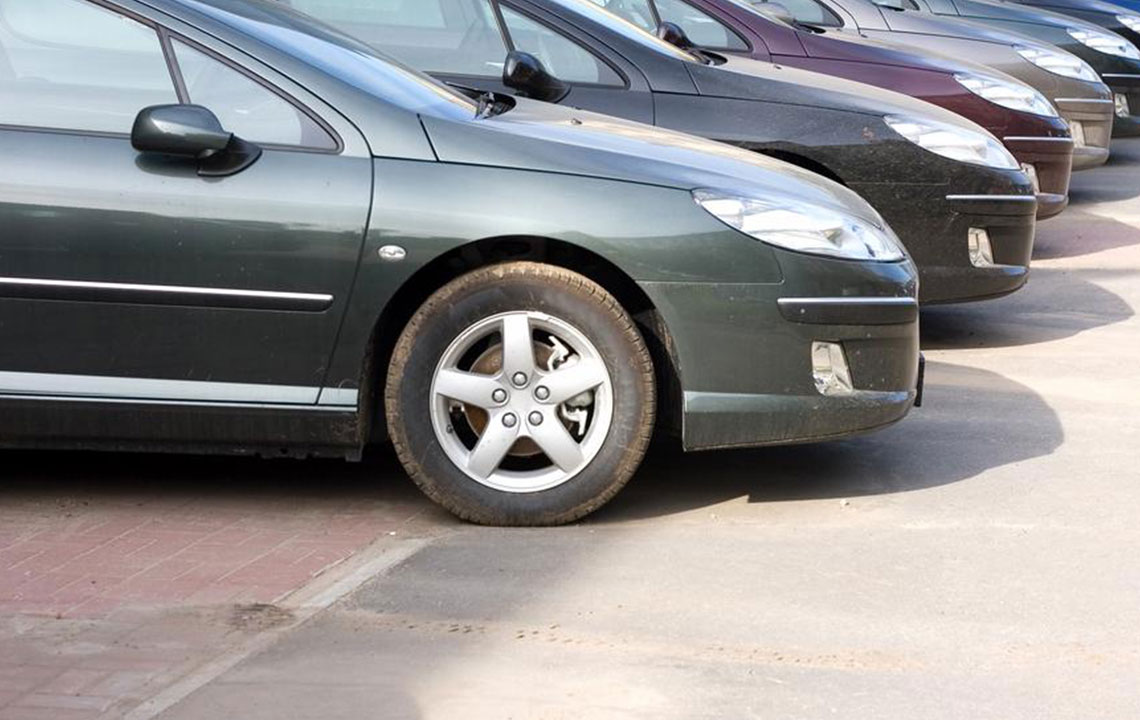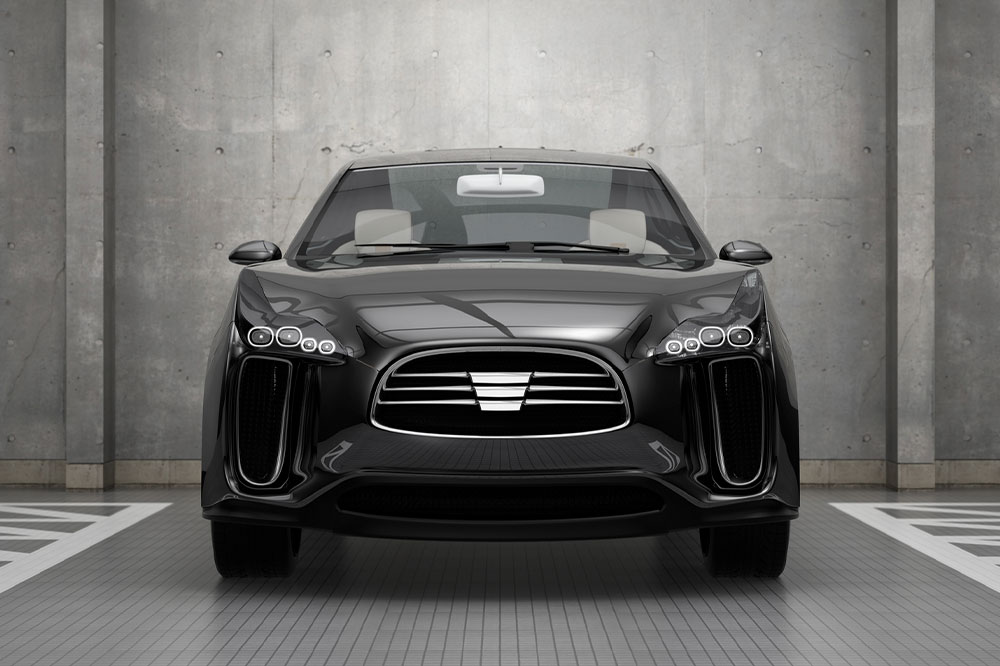Innovative Strategies in Modern Automotive Design: Embracing Tradition and Technology
This article explores innovative strategies in modern automotive design, emphasizing how brands blend heritage with cutting-edge technology. From reimagining classic models to adopting autonomous and electric vehicle designs, automakers are redefining industry standards. The piece highlights how traditional aesthetics are preserved amid technological advancements, creating vehicles that are both nostalgic and futuristic. Discover how innovation, sustainability, and brand legacy are driving the next generation of car models, offering a comprehensive view of future trends in automotive design for enthusiasts and industry insiders alike.

Innovative Strategies in Modern Automotive Design: Embracing Tradition and Technology
The automotive industry is constantly evolving, with manufacturers striving to blend heritage with cutting-edge technology to create vehicles that are both nostalgic and futuristic. As consumer preferences shift and technological advancements accelerate, carmakers are adopting innovative approaches to design their latest models. These strategies not only enhance aesthetic appeal but also improve safety, performance, and environmental sustainability. In this comprehensive exploration, we delve into the key methods automakers use to develop modern vehicles that resonate with customers and set new standards for the industry.
Leveraging Brand Heritage to Inspire Innovation
Contrary to the misconception that modern car designs must abandon traditional aesthetics, many manufacturers find strength in their brand's historical identity. By preserving distinctive features from classic models, they create a sense of familiarity and trust while seamlessly integrating contemporary technology. For example, automakers revamp signature elements such as grille designs, silhouette lines, and lighting signatures to align with current safety and environmental standards. This approach allows the new models to pay homage to their storied pasts while offering advanced functionalities, safety features, and improved drivability.
For instance, redesigning core components like headlights and bumpers ensures compliance with modern pedestrian safety and emission regulations without sacrificing the vehicle’s aesthetic appeal. The result is a harmonious balance between tradition and innovation that appeals to both nostalgic enthusiasts and modern consumers.
Emergence of Advanced Technologies Driving Design Innovation
The rapid development of autonomous driving and electric propulsion has revolutionized automotive design paradigms. These technological breakthroughs provide designers with unparalleled flexibility to create new vehicle layouts, shapes, and sizes. Electric vehicles (EVs) often feature minimalist exteriors with smooth, aerodynamic contours, while autonomous models prioritize spacious interiors and flexible cabin configurations. Iconic examples such as Volkswagen's Sedric, Mercedes-Benz's F 015 concept, and BMW’s Vision Next 100 demonstrate the potential of future-focused design that emphasizes sustainability, connectivity, and intelligence. These concepts challenge traditional notions of automotive aesthetics, offering sleek, futuristic appearances that embody innovation.
Revitalizing Vintage Models to Inspire New Designs
Many brands revisit their classic models to find inspiration for contemporary vehicles. The Volkswagen Beetle, with over 20 million units sold globally, serves as a prime example. Although the newest Beetle models boast modern styling and technological upgrades, they retain design cues like rounded shapes, retro-inspired headlights, and iconic proportions. These subtle nods serve as a 'silent tribute' to the original, creating an emotional connection with customers even as the brand evolves towards electric and hybrid models.
Reimagining and Reinventing Old Concepts for Modern Audiences
Some companies prefer a radical reimagining of their vehicle lineup. For instance, Land Rover’s Range Rover Evoque exemplifies this approach with its rugged yet sophisticated exterior—blending traditional off-road capability with contemporary design language that appeals to urban drivers. Similarly, Jaguar’s shift from the more conservative appearance of the 1990s to models like the F-Pace highlights a move toward bold, contemporary styling that revitalizes the brand and attracts a new generation of buyers.
Overall, the future of automotive design is rooted in a blend of tradition, innovation, and technology. Automakers worldwide are actively exploring new patterns of creativity, ensuring that each new model not only meets functional demands but also resonates emotionally with consumers. By respecting heritage, embracing technological breakthroughs, and daring to reimagine classic concepts, car manufacturers are shaping an exciting, sustainable future for the automotive industry.





